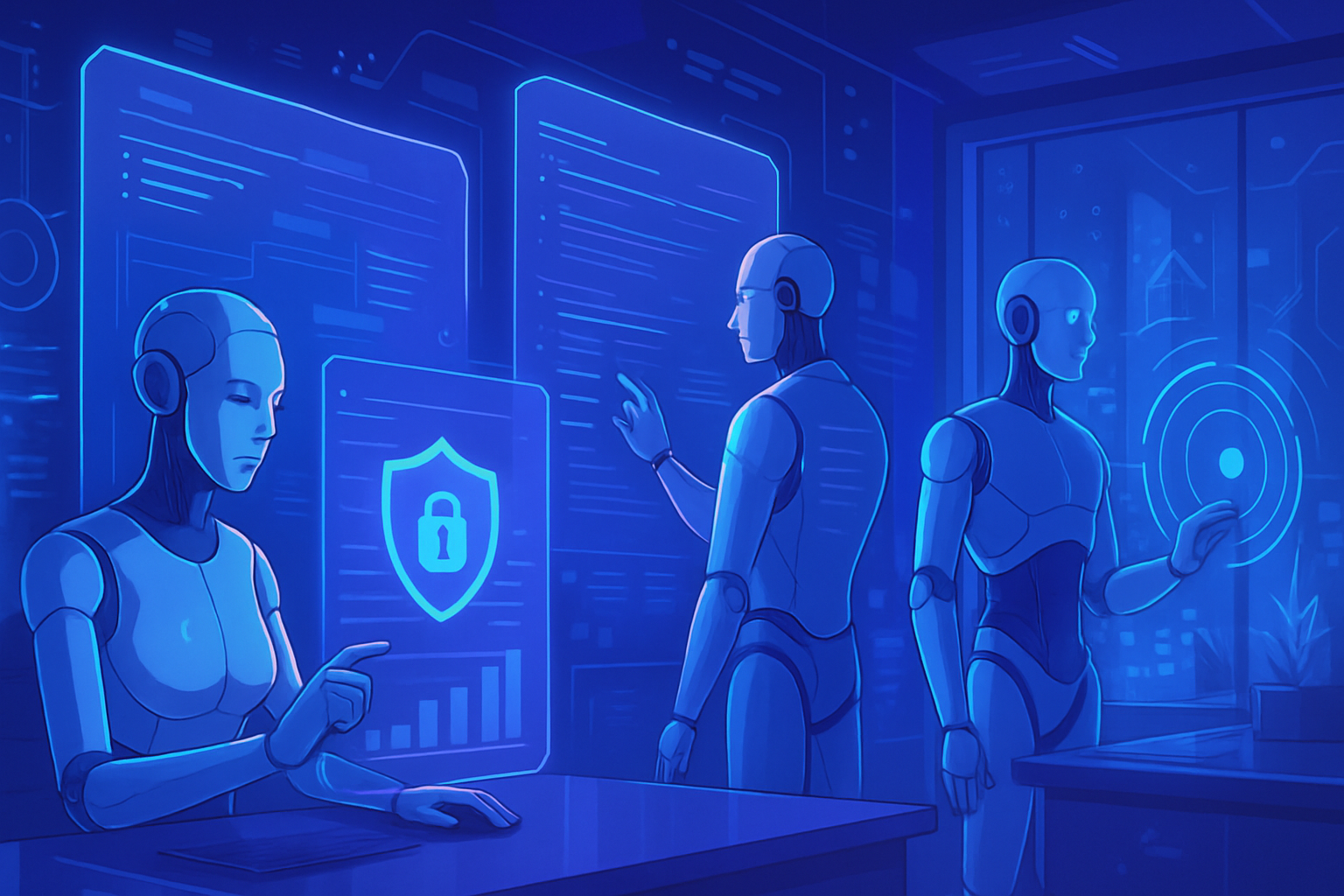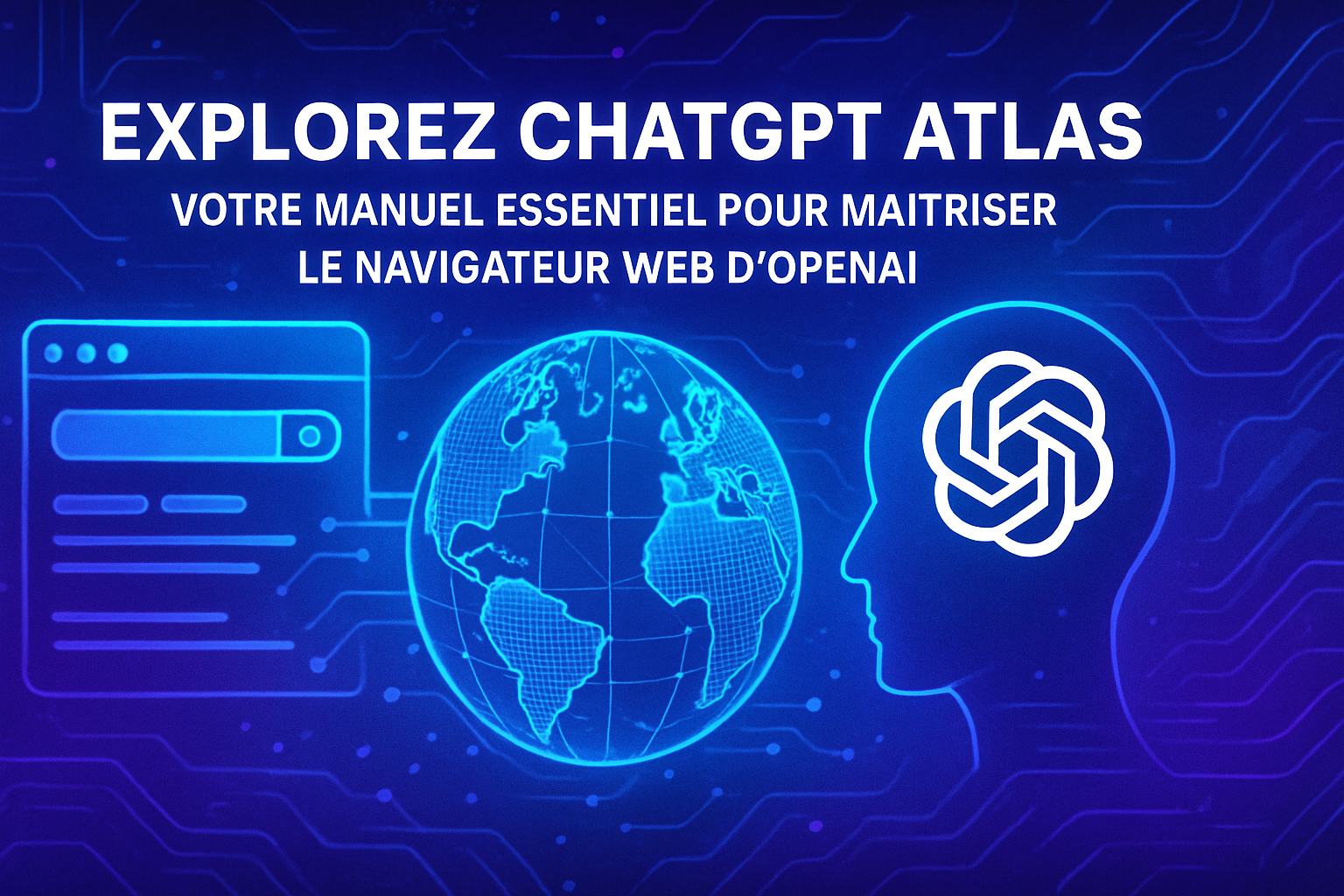The rapid rise of generative AI and language models intensifies contemporary security challenges. Companies must navigate a risky landscape, where sophisticated attacks threaten their infrastructures. Concerns are growing: last year, 72% of security leaders expressed fears regarding the integration of these technologies. A significant gap is widening between innovation and protection.
Qualys TotalAI provides a comprehensive response, aimed at identifying and neutralizing these insidious vulnerabilities before they materialize. This exhaustive approach to AI security redefines protection standards, paying attention to varied threats, ranging from data leaks to digital identity theft. Preserving the integrity of industrial operations thus becomes a top priority.
Preventing Risks from Generative AIs and Language Models
The rise of generative AIs is transforming the business landscape, creating unprecedented challenges in health and security. Language models, such as LLMs, are becoming ubiquitous, integrating into essential business practices. However, this development comes with new potential vulnerabilities that require special attention.
Security Issues Encountered
Security risks associated with the adoption of generative AIs concern many organizational leaders. A recent study highlights that 72% of IT security leaders believe these technologies expose their companies to security breaches. This sense of insecurity is exacerbated by the rapid integration of LLMs into company operations, with nearly 70% of organizations planning to deploy them in the near future.
Constantly Evolving Attack Surface
The threat landscape is expanding, covering diverse attacks ranging from prompt injections to breaches of sensitive data. These threats also take the form of model hijacking and multimodal exploits hidden in various media such as images and videos. Security teams often discover these vulnerabilities after an incident has occurred, highlighting the importance of visibility in managing AI-related risks.
Qualys TotalAI
Qualys TotalAI has been designed to address these challenges in language model security. This tool offers unified visibility within the AI ecosystem, identifying where models are located, the equipment supporting them, and existing vulnerabilities. With fingerprinting capabilities, companies can now assess the risks associated with LLMs on both on-premise and cloud infrastructures.
Visibility and Control Management
The first obstacle many organizations face lies not only in managing AI risks but also in their detection. Most security teams lack a comprehensive inventory of AI models in circulation, making it difficult to spot forgotten or unauthorized LLMs before an incident occurs. The TotalAI tool provides actionable and centralized data, enabling a proactive approach to detecting and managing risks.
Protecting AI Against Emerging Threats
Threats related to generative AIs are no longer theoretical but manifest as real attacks. Cybercriminals have already exploited AI-driven chatbots to manipulate information systems, and others have hijacked AI resources through LLMjacking. Thus, companies are vulnerable to various risks, from price model manipulation to impacts on cloud infrastructure.
Risk Model Driven by Qualys TotalAI
Qualys TotalAI stands out from traditional vulnerability scanners. This tool aims to identify risks specific to language models by testing vulnerabilities such as jailbreaks, bias, and exposure of sensitive information. The results, combined with adversarial tactics from MITRE ATLAS, are sorted by the TruRisk™ tool, allowing prioritization of security actions.
New Features and Updates
With its recent updates, TotalAI strengthens its position in the security of LLMs. The new features allow for internal security testing on models hosted in-house, while integrating these assessments into CI/CD processes. This approach enables teams to detect vulnerabilities early in the development cycle.
Attack Detection
TotalAI offers enhanced detection of jailbreaks covering more than 38 attack scenarios, with plans to expand to 40 scenarios. These techniques simulate different adversarial tactics, helping organizations protect their models from potential manipulations.
Protecting the AI Supply Chain
As AI systems increasingly rely on external models and libraries, protecting the supply chain becomes essential. TotalAI introduces continuous monitoring of hallucinating packet attacks, detecting non-existent but malicious packet recommendations. This thus reinforces the integrity of models while ensuring data security.
Prevention of Multimodal Threats
TotalAI enhances the detection of multimodal threats, allowing for the identification of disturbances hidden in audio files, video, or images that could influence model outcomes. This feature ensures protection against insidious attacks that compromise the proper functioning of AI systems.
Significant Benefits for Clients
These advancements bring tangible benefits to security and development teams. The ability to introduce risk assessments of models early in the CI/CD pipeline improves the security posture. Companies already using Qualys solutions can easily integrate TotalAI’s capabilities, thereby accelerating their return on investment without needing to rearchitect their infrastructure.
By securing AI models throughout their lifecycle, TotalAI minimizes exposure risk and ensures compliance with regulations. With reinforced defense against emerging threats, companies can continue to innovate while maintaining customer trust.
Frequently Asked Questions
What are the main threats associated with generative language models?
The main threats include prompt injection attacks, leaks of sensitive data, model theft, and multimodal exploits hidden in image, audio, or video files.
How does Qualys TotalAI help identify unauthorized language models in an organization’s environment?
Qualys TotalAI provides unified visibility of the AI stack, identifying where models are running and enabling security teams to detect unapproved AI assets.
Why is proactive detection of language model vulnerabilities important?
Early detection of vulnerabilities helps prevent exploitation by attackers, ensuring that models are not manipulated for insecure or biased outcomes.
What features of Qualys TotalAI help secure LLMs during their development cycle?
Qualys TotalAI offers internal security testing, allowing risk assessments to be integrated directly into CI/CD workflows, thus strengthening security from the development phase.
How does Qualys TotalAI manage risks related to attacks on the AI supply chain?
TotalAI continuously monitors for hallucination packet attacks, preventing LLMs from being bypassed through recommendations of malicious third-party packets.
What types of jailbreak attacks are supported by Qualys TotalAI?
TotalAI detects more than 38 jailbreak attack scenarios and prompt injection attacks, enabling protection of models against insecure behaviors.
How does multimodal detection contribute to the security of language models?
Multimodal detection identifies hidden manipulations in media files, ensuring that models do not reveal private information or produce dangerous outputs when faced with manipulated inputs.
Why is it crucial to manage generative AI risks now?
With the increasing adoption of AI by companies, proactive risk management is essential to avoid damage to reputation, regulatory penalties, and business disruptions.
How does Qualys TotalAI integrate its features with existing cybersecurity strategies?
TotalAI seamlessly integrates with the Qualys Cloud platform, unifying AI security with an organization’s overall cybersecurity strategy.
What are the operational implications of poor LLM risk management?
Poor risk management can lead to model compromises, unsecured cloud environments, and intellectual property breaches, severely impacting customer trust and regulatory compliance.






